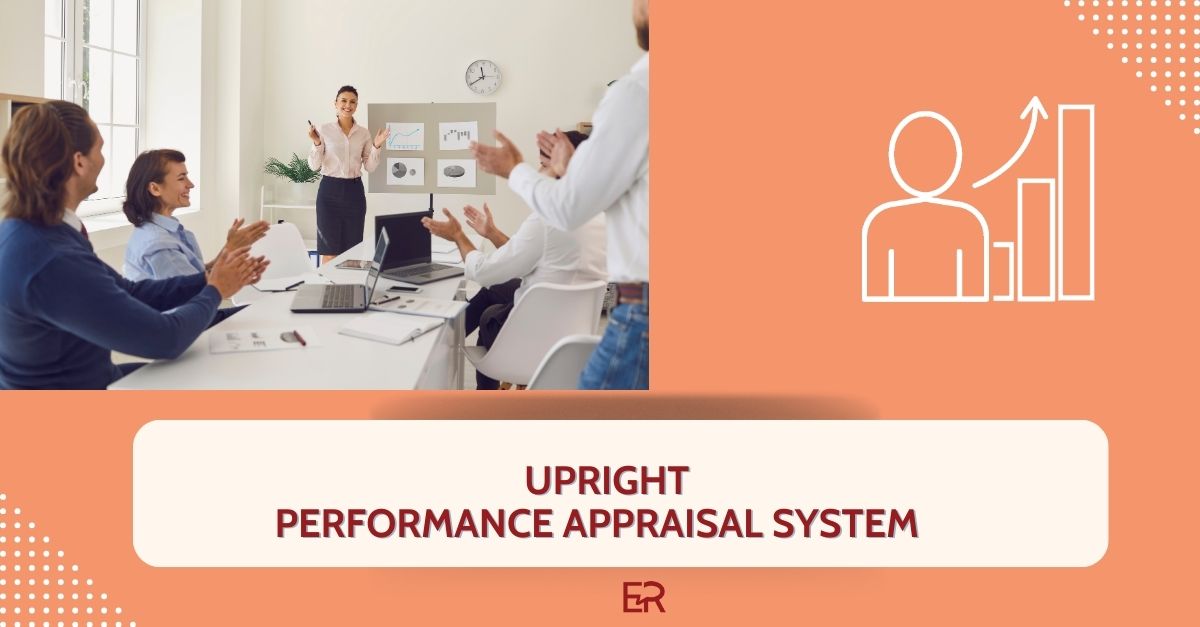
21 January 2024 Upright Performance Appraisal System: 2nd Strategic Investment
Strategic corporate investments
2nd Strategic Investment: Upright Performance Appraisal System
Characteristics of an Upright Performance Appraisal System
An upright performance appraisal system is a process that serves not only to measure and evaluate both the individual and organisational performance of the company but also to enhance the contribution of employees to the company's success.
An upright performance appraisal system in fact, can be used for the following purposes:
- identify collaborators who deserve recognition;
- identify employees in need of development or training;
- promote transparency and accountability at all levels of the corporate organisation.
It is well known that in order to improve something, it is necessary to measure it and to have terms of comparison. In order to be truly useful as well, the evaluation system must possibly also be virtuous, i.e. benefit all parties involved: employees, the organisation as a whole (management and leadership) and, last but not least, the customers, who are the recipients of the services and products offered by the organisation.
To be virtuous the evaluation system of performance must be designed and implemented in a manner consistent with the corporate culture, be based on concrete and verifiable evidence, with clear and measurable evaluation criteria, and, most importantly, actively involve management with the necessary skills and capabilities to provide constructive and improvement-oriented feedback to employees and the organisation.
Benefits of an upright performance appraisal system

Performance appraisal is a continuous process, not an event.
In fact, the performance appraisal process should focus on improving work activities as the need arises and not only focus on the achievement of results at a specific point in time.
Key elements of this continuous process are:
- monitoring progress,
- the regular exchange of feedback and
- the identification of areas for improvement of employees by managers.
The most effective managers define and discuss the explicit and implicit expectations of each employee. They explain how to achieve results faster and help employees recognise how their work leads to the achievement of the goals of both their teams and the organisation as a whole.
An upright performance appraisal system can lead to several benefits, both for employees and for the organisation.
Employees can:
- maintain motivation and involvement in work activities;
- provide learning opportunities;
- foster professional growth.
The organisation as a whole, can:
- increase the efficiency and effectiveness of the services and products offered by the organisation;
- ensure that the activities of employees are in line with the company's objectives;
- create a more positive and productive working environment.
Individual Development Individual: an important element of the upright system
An upright performance appraisal system must include the Individual Development Plan for employees, with the aim of helping them to improve performance and achieve their professional goals.
In fact, the Plan will define the actions that employees and managers will take to achieve these goals. Thus it is important that the plan is developed in collaborationso that it is effective and motivating for both.
Individual Development Plan: the steps
To write an effective Individual Development Plan with respect to the performance evaluation carried out, it is useful to follow these steps:
- Identifying areas for improvement. These areas may concern technical skills, soft skills or interpersonal skills.
- Define specific and measurable development objectives. For example, a development objective could be 'to increase the speed of project execution' or 'to improve communication and collaboration capabilities'.
- Develop an improvement activity plan. This must include the activities to be performed, the time and resources required. For example, an action plan to improve the speed of project execution could include activities such as establishing standardised procedures, training on time management tools and techniques, and supervision by the manager.
- Doing periodic follow-up. It is important to follow up the development plan to ensure that the employee is achieving the improvement goals. This can be done through regular interviews, informal feedback or formal evaluation meetings.
Individual Development Plan: knowledge sharing

Among the resources that can be considered as improvement and development activities is the exchange of knowledge and experience between collaborators and teams.
This practice provides access to a broader range of knowledge and perspectives to solve problems and make shared decisions, which are useful to identify and implement better work operations and find new ways of doing things.
The assumption of the knowledge sharing is a corporate culture of open communicationwhere employees feel comfortable sharing their ideas, information and feedback with colleagues, managers and leadership, without fear of being judged.
Conclusions: introduction to the 3rd article
An upright performance appraisal system is essential for any organisation that wants to achieve its strategic goals. The system is virtuous when it is monitored and characterised by constructive feedback, which helps employees to improve their knowledge and way of working.
The tool with which organisations can improve their overall performance and achieve their strategic objectives is the Individual Development Plan for collaborators.
An important element of improving employee operability and organisational performance is the possibility to share knowledge through open communication, and I refer to my next article on this topic:
"Third Strategic Investment: Open Communication".
That's all for the moment. Until next time!
For further information or advice on these issues
On the identification of strategic, meaningful and inspirational objectives https://www.ted.com/talks/john_doerr_why_the_secret_to_success_is_setting_the_right_goals/transcript?language=it
